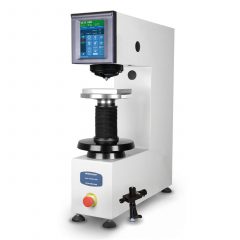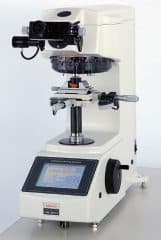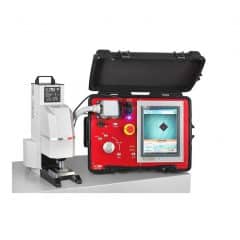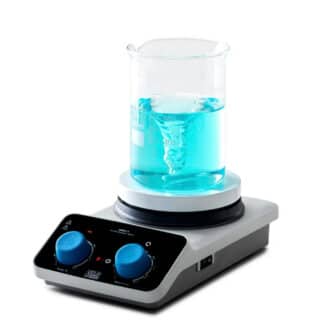A hardness tester is a measuring instrument used to assess the stiffness or strength of a material.
Hardness testers are used to determine the resistance of a material to deformation by means of a harder tool, most often a diamond cone or steel ball, which penetrates the surface of the material being tested. The hardness tester then measures the penetration depth of the tool and the impression left by the tool on the surface of the sample.
Different test methods exist. This guide will present different hardness testers with their advantages and disadvantages.












This is a very detailed blog post about choosing the right hardness tester. It would help people who are looking to buy hardness